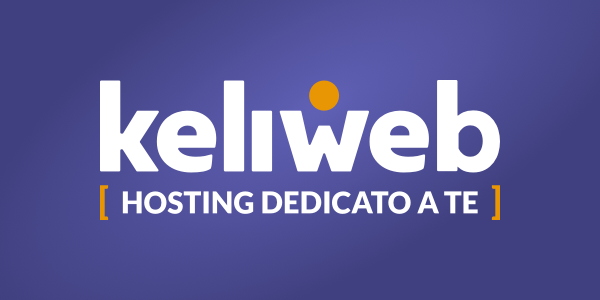Add space to your PEC email at any time at the annual cost of € 9+VAT for each GB
- 0984 17.66.080
-
EN
English
 Italiano
Italiano
- Company
- Support
- Contacts
- email WEBMAIL
- Log In

Basic Pec service to send and receive your certified mail safely.
Example: YourCompany@kelipec.it

Certify the third level domain with your company name.
Example: info@pec.yourdomain.it

Certify the custom domain with your company name.
Example: info@yourdomain.it
*With the FULL plan you can only send and receive Certified Electronic Mail (PEC). You won't be able to handle traditional non-certified emails.












Add space to your PEC email at any time at the annual cost of € 9+VAT for each GB

Certified electronic mail (PEC) is a specific type of e-mail, having the same legal value as a traditional registered letter with return receipt and is generally used in the bureaucratic-administrative and commercial context.
Currently the PEC is mandatory only for specific subjects and legal entities, such as professionals and companies that interact with PA, or entertain commercial and administrative relationships with customers and suppliers. It is recommended for sending invoices, contracts, administrative circulars and salaries.
When a PEC is sent, the provider that manages the e-mail will send the sender a receipt, having legal value, which will refer to the successful (or failed) transmission of the message with the exact date and time of delivery.
PEC mail provides numerous benefits. The messages are always accessible from any device, the user is notified in the event of a delivery or failure, certified e-mails provide higher security and they are cheaper than traditional mail.
Receive and send your invoices to individuals and companies without limits, manage accounts receivable/payable in full security with a dedicated control panel and integrate your management system quickly and easily.
Learn more
It certifies the quality of the design, development and marketing processes of the products in order to guarantee high quality to the final customer.
It certifies high security standards in the management of customer-related information, in line with international best practices and company goals.
It clarifies the roles and responsibilities of the different actors in the cloud with the aim of ensuring that the data stored in cloud computing is safe.
It highlights the correct Code of Conduct for the protection of personal data in services related with distributed IT infrastructures of public clouds.